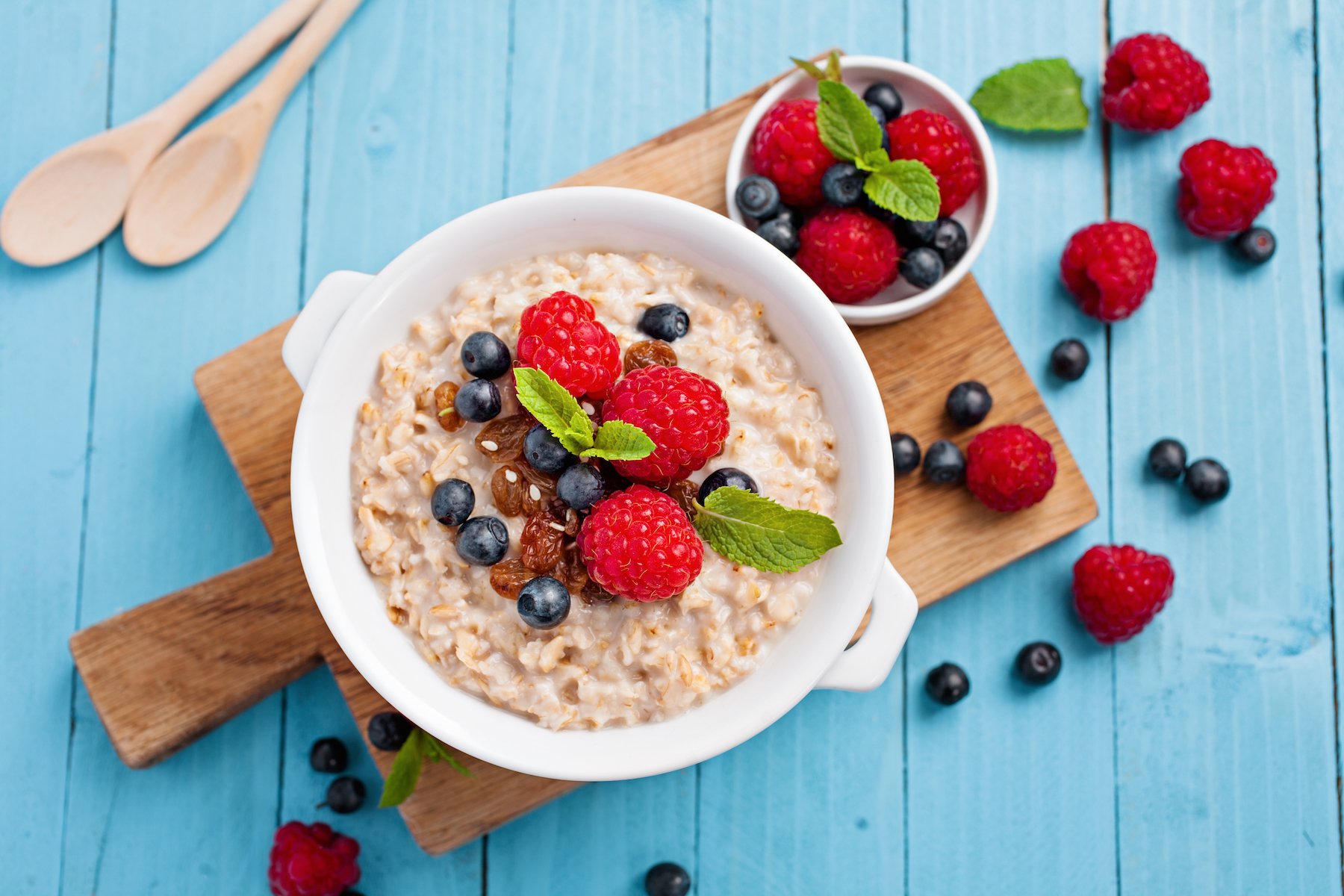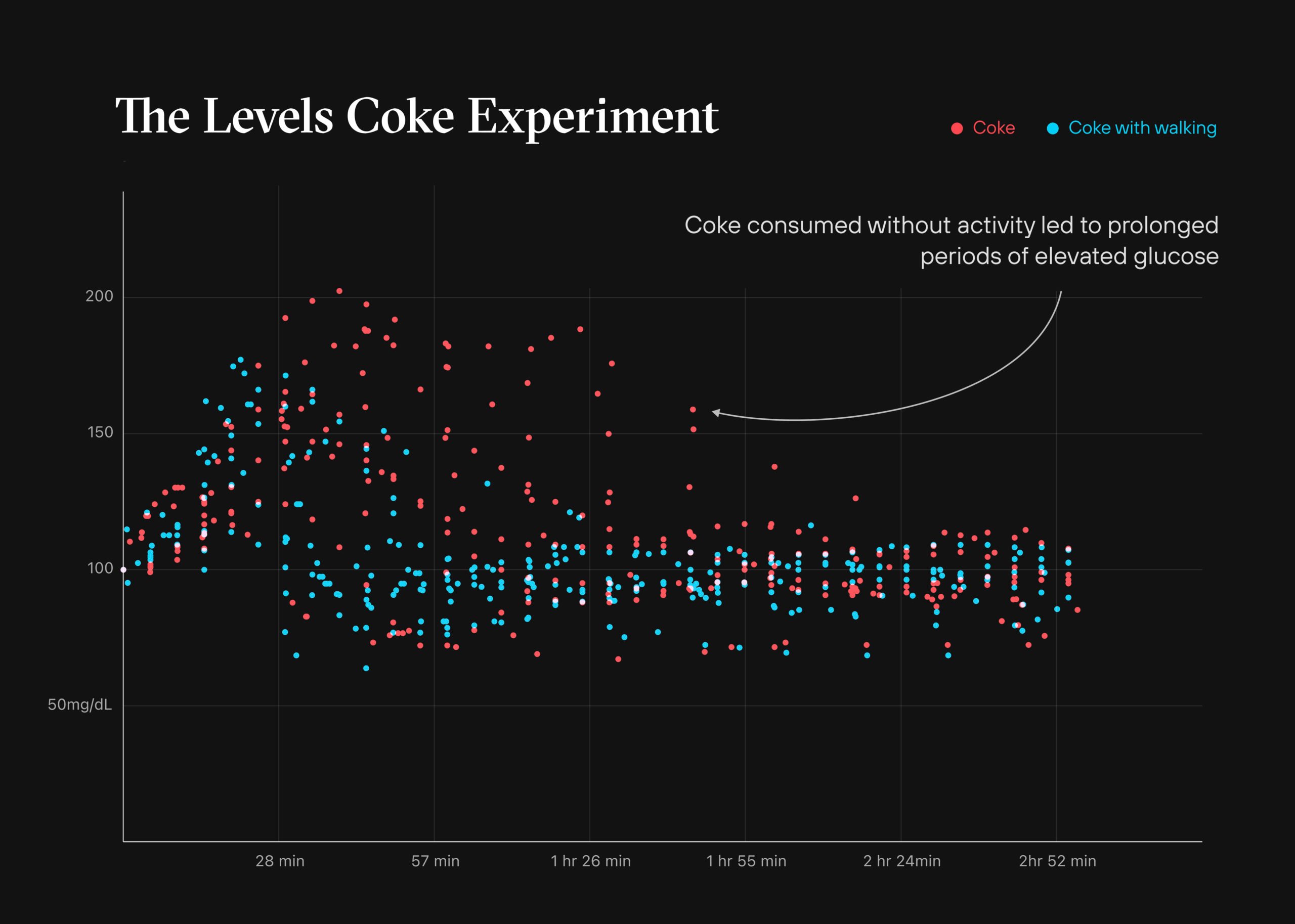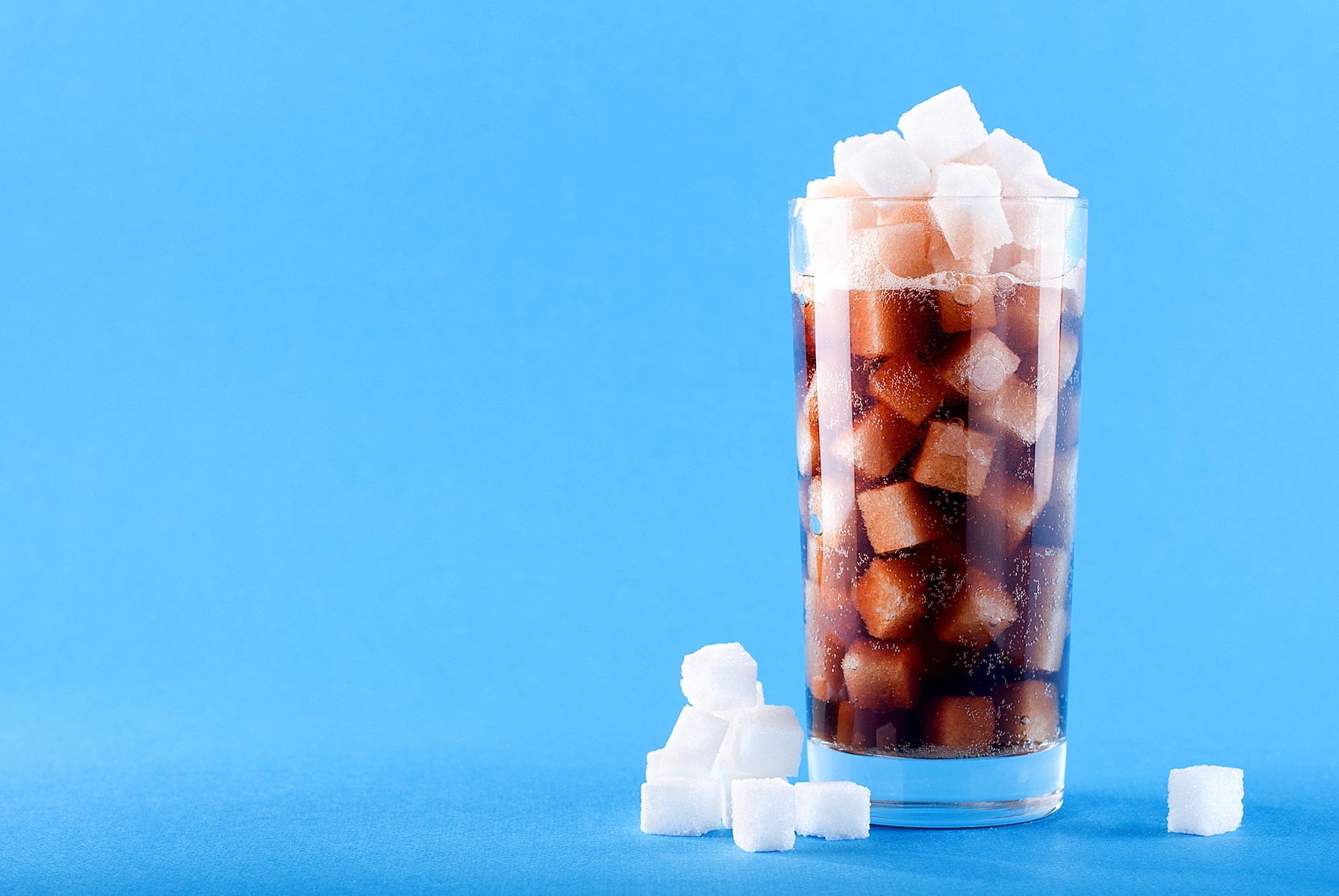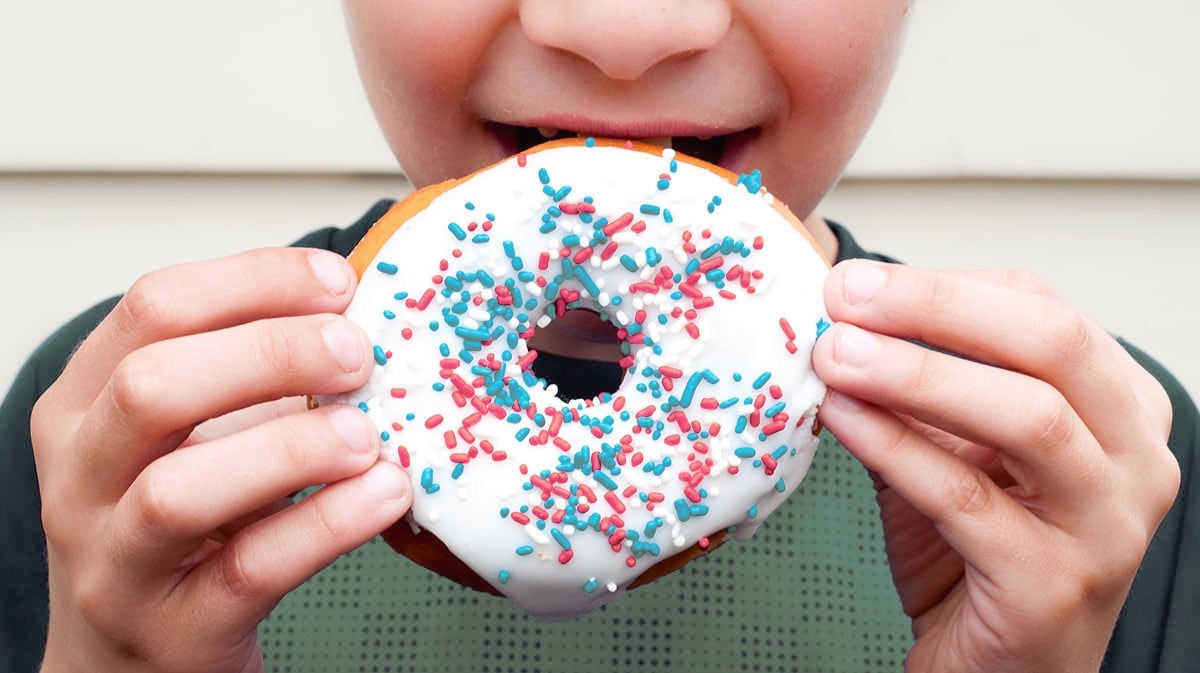Chances are, if you’re trying to eat healthfully, you rarely—if ever—reach for a soda. The sugar-sweetened varieties cause blood sugar to soar, may lead to significant weight gain, and increase the risk of developing Type 2 diabetes, making them the target of public health measures like soda taxes. And diet alternatives are hardly better: Sugar-free sodas also pose potential metabolic health problems.
“A 20-ounce bottle of ginger ale, regular cola, or lemon-lime pop contains between 55 and 65 grams of sugar. That’s as much added sugar as in 14 Oreo cookies.”
But this doesn’t mean you don’t miss the pop-fizz of a cold can on a hot day. There are other ways to enjoy a refreshing drink without the blood sugar spike and health effects.
The Problems With Soda
The negative health consequences of soda drinking come down primarily to its sweeteners and how easy they are to drink.
A 20-ounce bottle of ginger ale, regular cola, or lemon-lime pop contains between 55 and 65 grams of sugar. That’s as much added sugar as in 14 Oreo cookies.
Most of this sugar comes in the form of high fructose corn syrup (HFCS). Fructose is a sugar found naturally in fruits and some vegetables (which can still be harmful in high quantities). High fructose corn syrup, however, is produced through a process that involves breaking down corn starch into glucose, converting that glucose into fructose, and mixing it with more glucose. This is a cheap and easy way to manufacture a sweetener that’s even sweeter than table sugar.
Soda can be especially harmful to kids, potentially elevating their risk of obesity, fatty liver disease, and cognitive impairments.
Roughly half of HFCS is glucose, which quickly enters your bloodstream, raising blood sugar. Your pancreas pumps out insulin to deal with this, shuttling what glucose it can to your cells for immediate use and storing the rest in the form of glycogen or fat. The liver converts that glycogen back into glucose when blood sugar levels drop.
The rest of HFCS is fructose, which your body processes mainly in the liver. That means it does not raise your blood sugar immediately or prompt insulin release.
Because we metabolize glucose and fructose differently, too much fructose leads to different effects in the body.
It’s well established that excessive glucose intake can lead to poor metabolic outcomes. Too much sugar requires your pancreas to pump out lots of insulin to use the glucose circulating in your blood. Over time, your body can become unresponsive to insulin, and this insulin resistance can lead to prediabetes and Type 2 diabetes.
Excessive fructose intake affects metabolic health too, and scientists are learning that the pathways by which these effects come to be are markedly different and often indirect. For instance, fructose induces increased fat production in the liver, which can lead to fatty liver disease, high triglycerides, and an increased risk of cardiovascular disease. It can also cause hepatic insulin resistance, or the liver’s inability to respond to insulin appropriately. When insulin is released, it keeps the liver from making glucose, so hepatic insulin resistance can cause hyperglycemia and snowball into full-body insulin resistance, prediabetes, or diabetes.
Related article:
In various studies, regular soda consumption is significantly associated with higher rates of Type 2 diabetes and weight gain. Extra calories are likely to blame: Not only does sugar-sweetened soda add calories to the diet, but people who drink it are also more likely to eat other high-calorie foods. These findings aren’t necessarily specific to sodas sweetened with HFCS. Some sodas—like the Coca-Cola produced in Mexico, or Mexican Coke—use natural cane sugar, which still adds significant calories that spike glucose and lead to weight gain and other metabolic effects.
Artificial sweeteners used in sugar-free diet sodas are also associated with diabetes and weight gain, and scientists are still trying to understand why. It may have to do with several experimental findings:
- Consuming artificial sweeteners changes the gut microbiome, which appears to lead to high blood sugar.
- Artificial sweeteners interfere with metabolic pathways by sending “sweet” signals to the brain without delivering sugar calories: Metabolic hormones are released to respond to a glucose spike that never comes, possibly leading to insulin resistance or other hormonal imbalances.
- The sweeteners might make us crave caloric foods to make up for the sugar they trick us into expecting.
Additionally, artificial sweeteners and caffeine may affect the brain, causing headaches and insomnia. The ingredients appear to excite certain brain regions or may cause toxic byproducts to accumulate in the body when they break down.
Soda can be especially harmful to kids, potentially elevating their risk of obesity, fatty liver disease, and cognitive impairments and setting the stage for less healthy life-long eating habits.
DIY Soda Alternatives
Fortunately for soda lovers, creating a fizzy, refreshing beverage without the health hazards is easy. Think outside the can with antioxidant- and vitamin-packed fruits and fresh herbs.
Some ideas to get you started:
Consider a home carbonator: Turning tap water into seltzer can be cost-effective if you love fizzy drinks. The cost of the newest lower-priced SodaStream is comparable to a couple of cases of club soda. (And you’re cutting down on single-use plastic bottles and cans.)
Keto-Friendly Sprite: Lemon sparkling water with some monk fruit for sweetness is a perfect dupe for Sprite. Monkfruit has less than an eighth of the carbs of sugar and doesn’t seem to impact blood glucose significantly.
Bitters and Soda: Club soda with a dash of bitters is a simple, sophisticated stand-in that tastes like a cocktail but with a trace amount of alcohol (bitters are highly alcoholic, but since you only use a few drops per drink, the total is minimal).
Coffee Tonic: Combine Zevia’s stevia-sweetened tonic water with cold brew concentrate for a coffee tonic that will boost your energy but not your blood sugar. Tip: Pour the tonic first to prevent a fizzy explosion.
Frozen Fruit Sparkling Water: When you host a group, fill a punch bowl with frozen berries, sliced citrus, sparkling water, and basil leaves, then stir it.
Healthy Soda Swaps
Today there’s no shortage of bubbly drinks sold online and in stores. From flavored seltzer to better-for-you sodas to kombucha, the choices below quench your thirst and align with a metabolically healthy diet.
Fruity + fizzy:
 Spindrift
Spindrift
Made from only sparkling water and fruit juice. You’ll find about 2 grams of carbs and 12 calories or less per can.
 La Croix
La Croix
Naturally flavored with no added sugars, La Croix has no carbs or calories and comes in 30 flavors, such as pineapple strawberry, blackberry cucumber, and mango.
 Bubly Bounce
Bubly Bounce
Also naturally flavored, zero-calorie, and zero-carb, this option contains caffeine.
Stand-ins for fountain standards:
 Olipop
Olipop
Classic sodas—including cola, root beer, and grape—are naturally flavored and sweetened with stevia, a natural sweetener that won’t spike blood sugar.
 Virgil
Virgil
Virgil’s Ginger ale doesn’t have sugar or caramel coloring, which some people avoid because its production can result in a byproduct that is potentially carcinogenic in large amounts. The ale does contain erythritol, a sugar alcohol that might upset some people’s GI systems.
 Mountain Zevia
Mountain Zevia
This is a better-for-you Dew with stevia instead of high fructose corn syrup.
Miscellaneous bubbles:
 Culture Pop
Culture Pop
Adds probiotics to creative blends of fruit juice and herbs and spices like rosemary, basil, juniper, and chili. Probiotics help maintain the natural balance of microbes in the gut.
 Lion Heart kombucha
Lion Heart kombucha
Has only 2-3g of sugar per serving. (If you can’t find it, look for other brands with similarly low sugar.) Kombucha, a fermented tea, may support gut health thanks to natural probiotics.
 Ghia Le Spritz
Ghia Le Spritz
This is a fizzy, non-alcoholic aperitif that tastes like a floral, citrusy cocktail with a kick of bitters. It has a touch of honey but less than half a gram of added sugar.
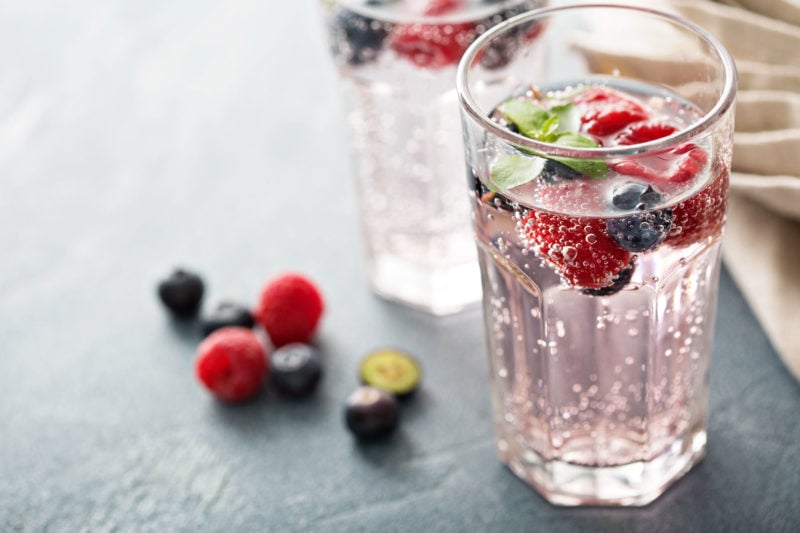
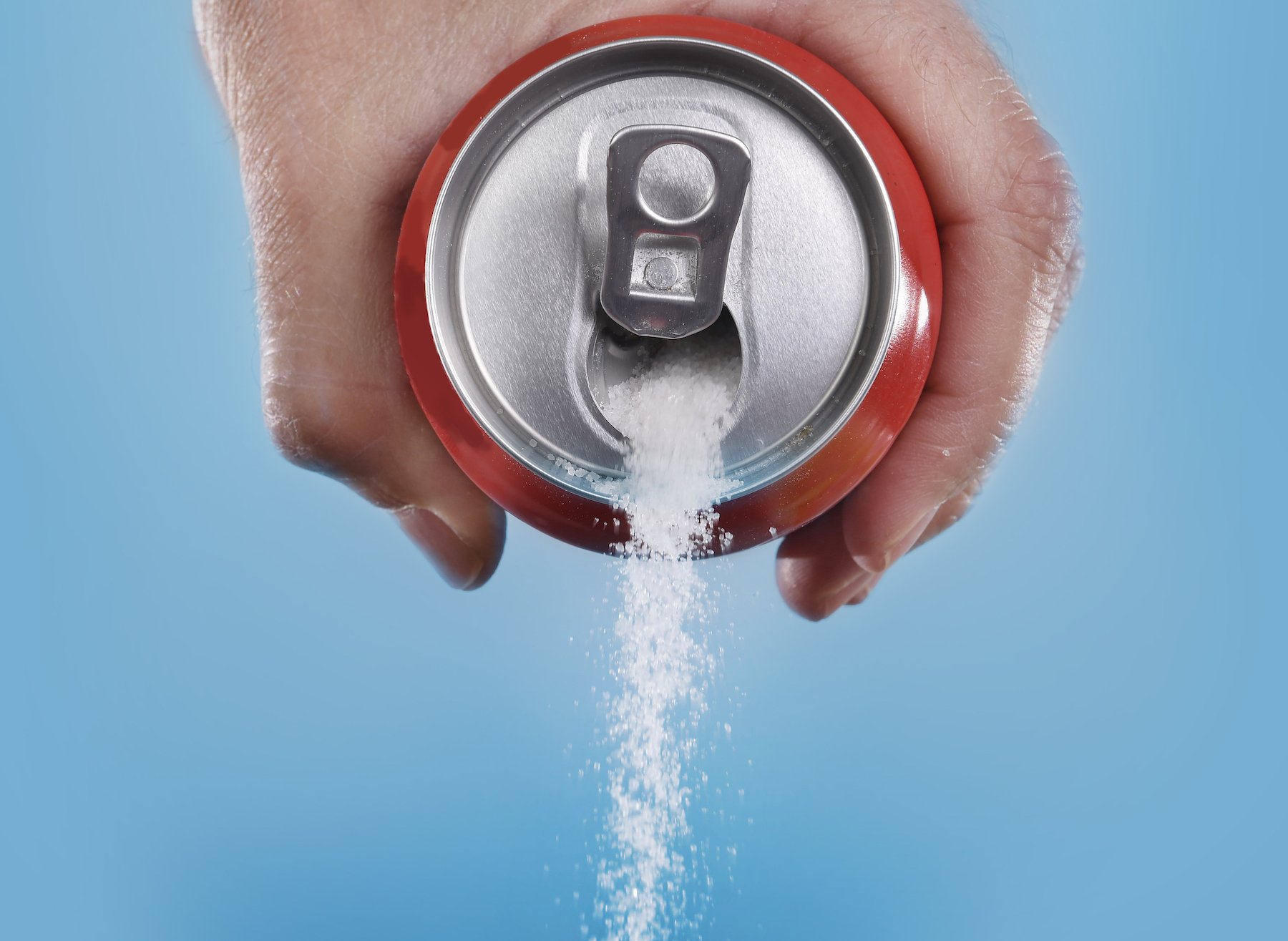
 Spindrift
Spindrift La Croix
La Croix Bubly Bounce
Bubly Bounce Olipop
Olipop Virgil
Virgil Mountain Zevia
Mountain Zevia Culture Pop
Culture Pop Lion Heart kombucha
Lion Heart kombucha Ghia Le Spritz
Ghia Le Spritz